trending topics
market reports
-
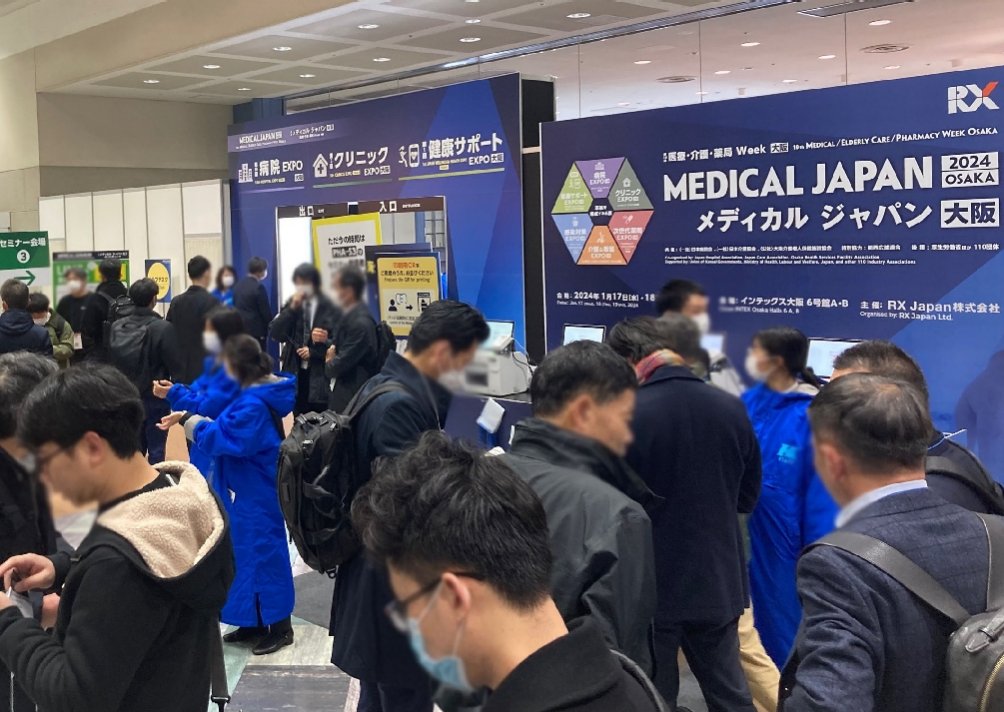
MEDICAL JAPAN 2025 OSAKA Returns to Showcase Global Innovations
2025-02-17
-

Visit MEDICAL JAPAN 2023 TOKYO and take full advantage of the business opportunities!
2023-09-01
-
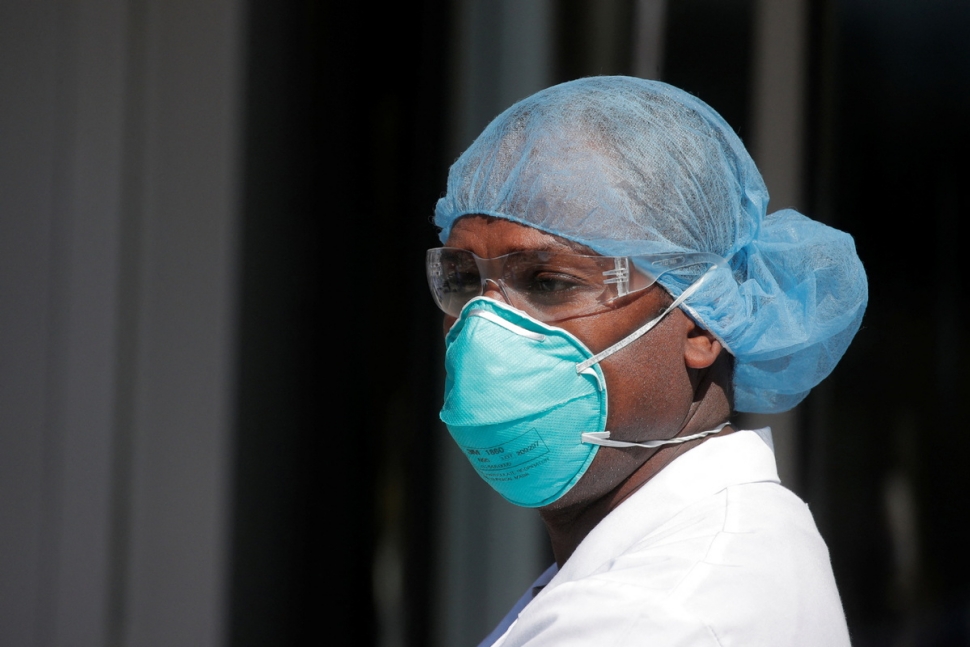
US to distribute 400 million free N95 masks at CVS, Walgreens in COVID fight
2022-01-21
-
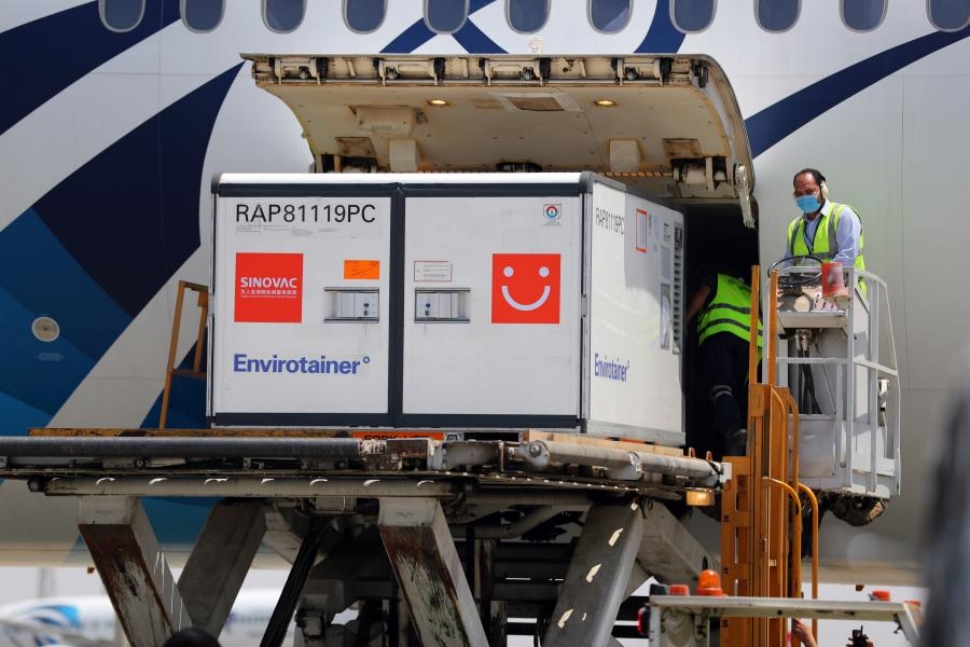
Ethiopia receives additional 2.2 mln doses of Chinese-donated COVID-19 vaccines
2022-01-21
-
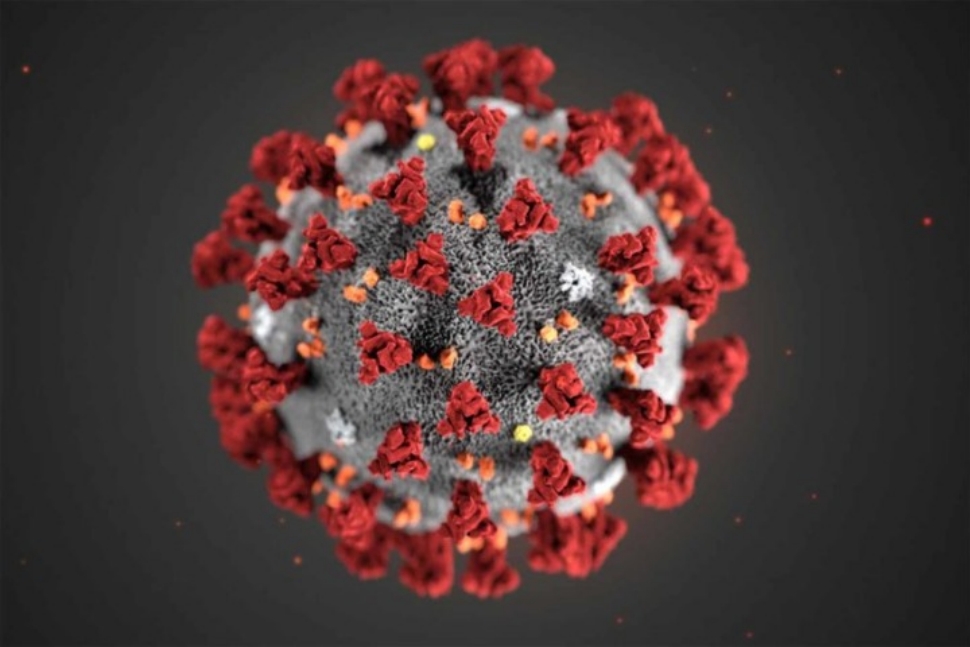
Hong Kong researchers say they develop novel material able to kill COVID-19 virus
2022-01-14
-
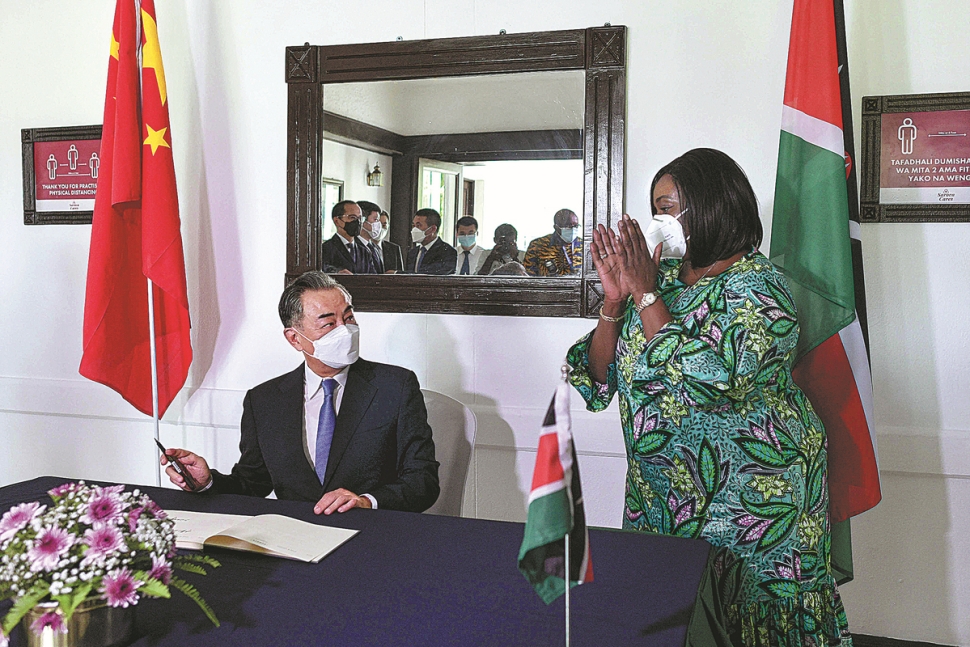
10 million more Chinese doses on way for Kenya
2022-01-14
-

Sino-African ties on track for a brighter future
2022-01-07
-

Efforts urged to boost COVID-19 vaccine production capacity in poor countries
2022-01-07
-
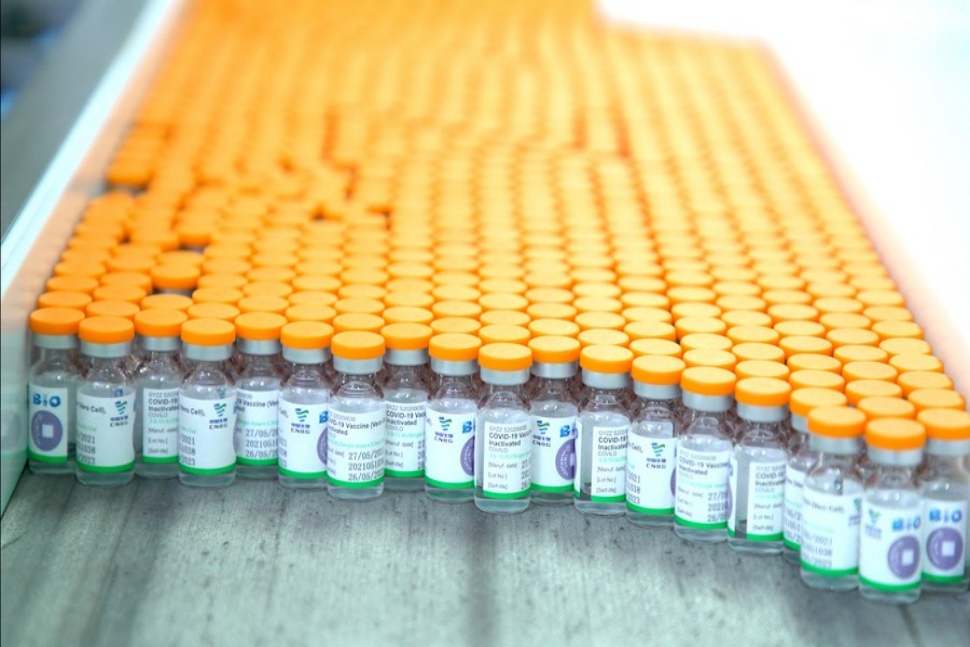
UAE approves Sinopharm's new protein-based COVID-19 vaccine
2022-01-07
-

UAE approves Sinopharm's new protein-based COVID-19 vaccine
2022-01-07
Paediatric imaging market set to double by 2034 amid technological revolution
2025-07-10

The global paediatric imaging market is undergoing a significant transformation, fuelled by both technological advancement and rising demand for specialised diagnostic care in children. Valued at US$8.7 billion in 2024, the market is projected to more than double by 2034, reaching US$18.1 billion, driven by a robust CAGR of 7.7 per cent from 2025 to 2034.
What’s driving the surge in paediatric imaging?
According to market research firm Global Markets Insights, one of the primary drivers of this growth is the increasing prevalence of paediatric diseases, including congenital disorders, cancers, neurological conditions, and infectious diseases. Early and accurate diagnosis is crucial in paediatric care, where treatment outcomes are often time-sensitive. Paediatric imaging modalities such as MRI, ultrasound, and CT scans are essential tools for clinicians in diagnosing and monitoring a wide array of conditions.
Advancements in imaging technologies are also fuelling market expansion. Innovations such as low-dose imaging systems, AI-based diagnostics, and portable imaging equipment have significantly enhanced the accuracy, safety, and accessibility of paediatric imaging. These technologies are helping healthcare providers minimise radiation exposure while improving diagnostic outcomes.
Moreover, growing awareness among parents and healthcare providers about the benefits of early and precise diagnosis is contributing to higher imaging volumes. Increased access to paediatric healthcare services, especially in developing regions, and supportive government initiatives aimed at improving child health are also playing a key role in market growth.
Challenges on the horizon
Despite the promising outlook, the paediatric imaging market faces a few notable challenges. A primary concern is radiation exposure, particularly in modalities such as CT scans, which can pose long-term risks to developing children. This has led to growing emphasis on alternative imaging techniques and the development of radiation-free or low-radiation technologies.
Another hurdle is the high cost of advanced imaging equipment. The significant capital investment required for modern imaging infrastructure can limit adoption in resource-constrained settings, particularly in rural and underdeveloped areas.
Looking ahead
The paediatric imaging market is set to enter a dynamic growth phase, with innovation and policy support helping overcome traditional barriers. As manufacturers and healthcare providers continue to focus on safety, affordability, and accessibility, the future of paediatric diagnostics looks increasingly precise and patient-centred.
With a blend of opportunity and challenge, stakeholders across the healthcare spectrum—from device manufacturers to public health agencies — have a crucial role to play in ensuring that every child has access to timely, effective diagnostic imaging.



 My Member
My Member Message Center
Message Center











